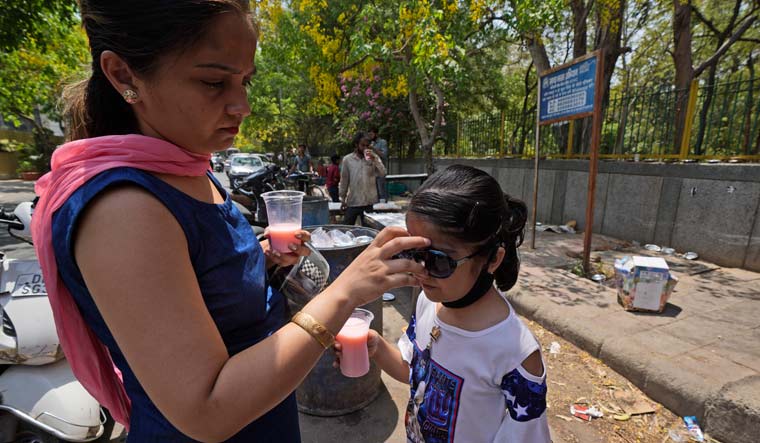The intense heat conditions in many parts of the country have increased the number of not just heat strokes, but also eye strokes. The latter called anterior ischemic optic naturopathy occurs when the blood flow to the tissues located in the front of the optic nerve is impacted. In its extreme stage, an eye stroke can cause sudden loss of vision.
Interview: Dr Kaushik Dhume, Consultant – Ophthalmology, Manipal Hospital, Goa
Q: What is an eye stroke?
Heat strokes pose a medical challenge as they can affect the entire system of the body. Off-late eye specialists are frequently encountering new challenges, in the form of eye strokes. This is a condition that occurs when the arteries carrying blood to the retina get occluded (obstructed). The retina (a thin layer of tissues that line the back of the eye on the inside) is a very sensitive part of the eye where light signals are converted into visual impulses. As a result of this blockage, the retina becomes ischaemic (loss of blood flow) and loses its function. This can result in partial or total blindness.
Q: What are the risk factors?
Diabetes, hypertension, and increased cholesterol levels are definite risk factors. During summers, the body tends to lose a lot of water in the form of sweat. If the loss of fluids is not compensated for by consuming fluids, the blood in the vessels becomes thick. This blood is a risk factor as it impedes free flow as a result of which the blood stagnates and eventually causes eye stroke. The root cause here is dehydration since the body loses more fluid than it can be replenished
Q: What are the symptoms of eye strokes?
Eye strokes can happen suddenly or can take a while to develop. The patient will experience sudden blurring of vision which may take a few days to develop. Most of the time it occurs in one eye. Depending on the part of the retina affected, the blurring may occur in a particular section of the field of vision or may occur across the entire spectrum of vision. If not tackled on time it can lead to other complications like internal bleeding, intractable glaucoma, and retinal detachment.
Q: What are some precautions?
1. Maintain adequate hydration by consuming enough fluids. This will protect not only against dehydration of the blood but also help against the development of other eye conditions like dry eyes and corneal infections.
2. Protective sunglasses cut down harmful ultraviolet rays from damaging the retina.
3. Excessive use of air-conditioner during summer although may be comforting in the long run can lead to dryness of the exposed surfaces of the body and the eyes. Pronged exposure to air-conditioners can cause severe dryness of the eyes. This can be minimised by taking frequent breaks, using lubricating eye drops, avoiding direct exposure to vents, and using humidifiers.
4. Maintaining lid hygiene is of utmost importance since there is also a high incidence of seasonal allergies, and eye infections during the summer season.



